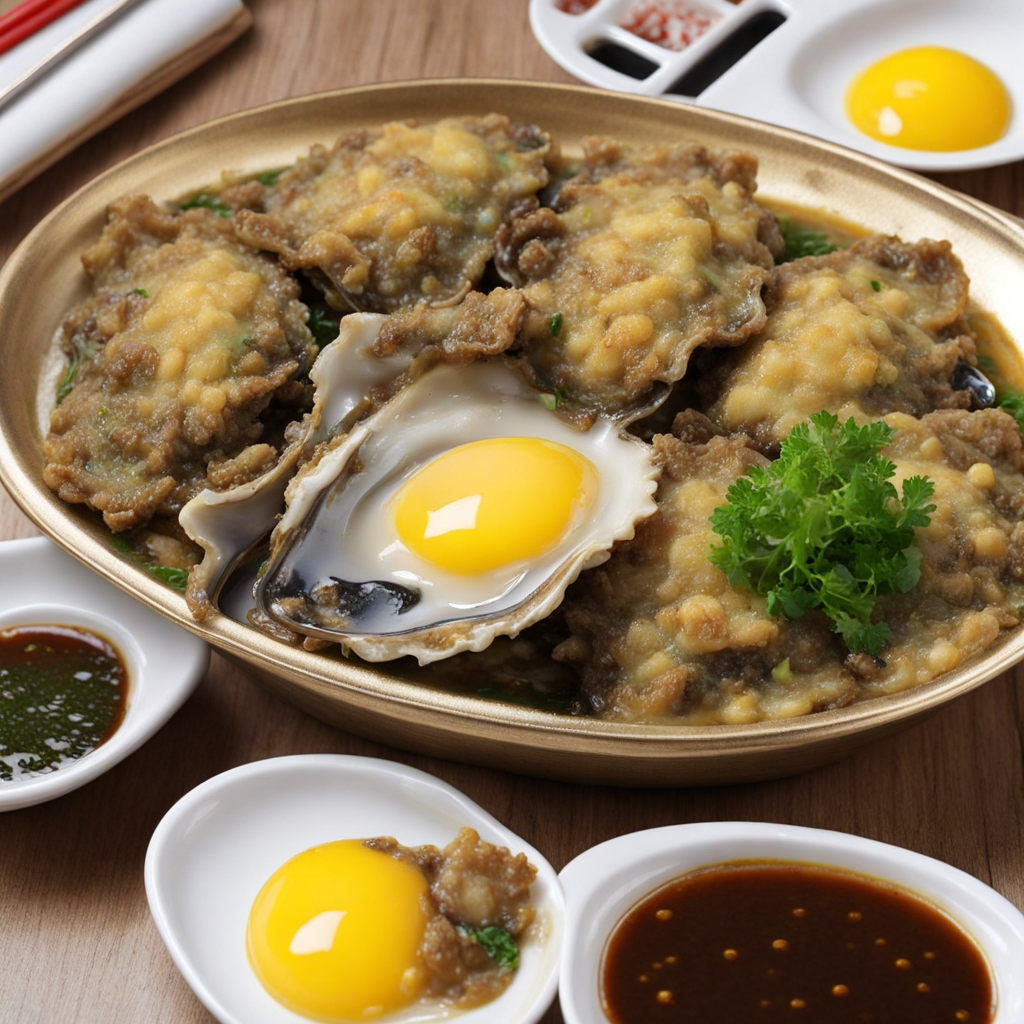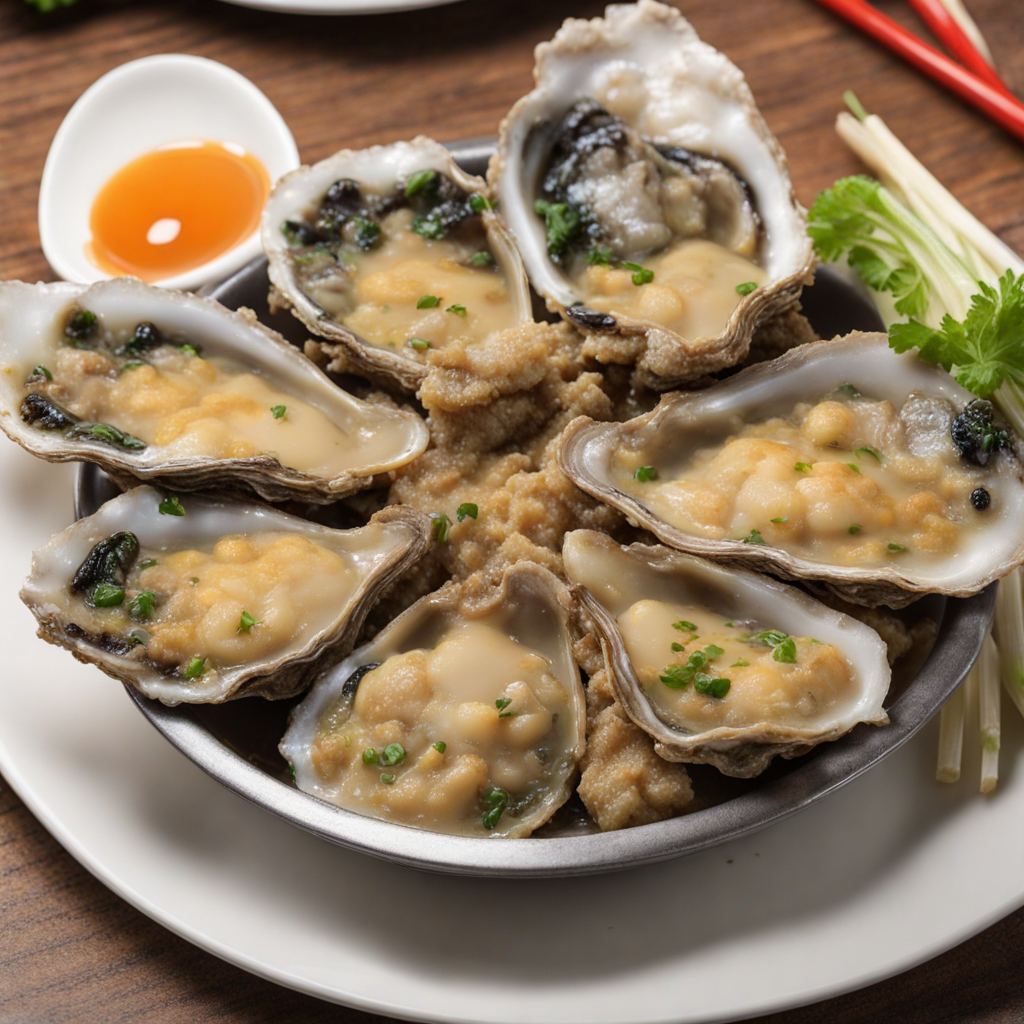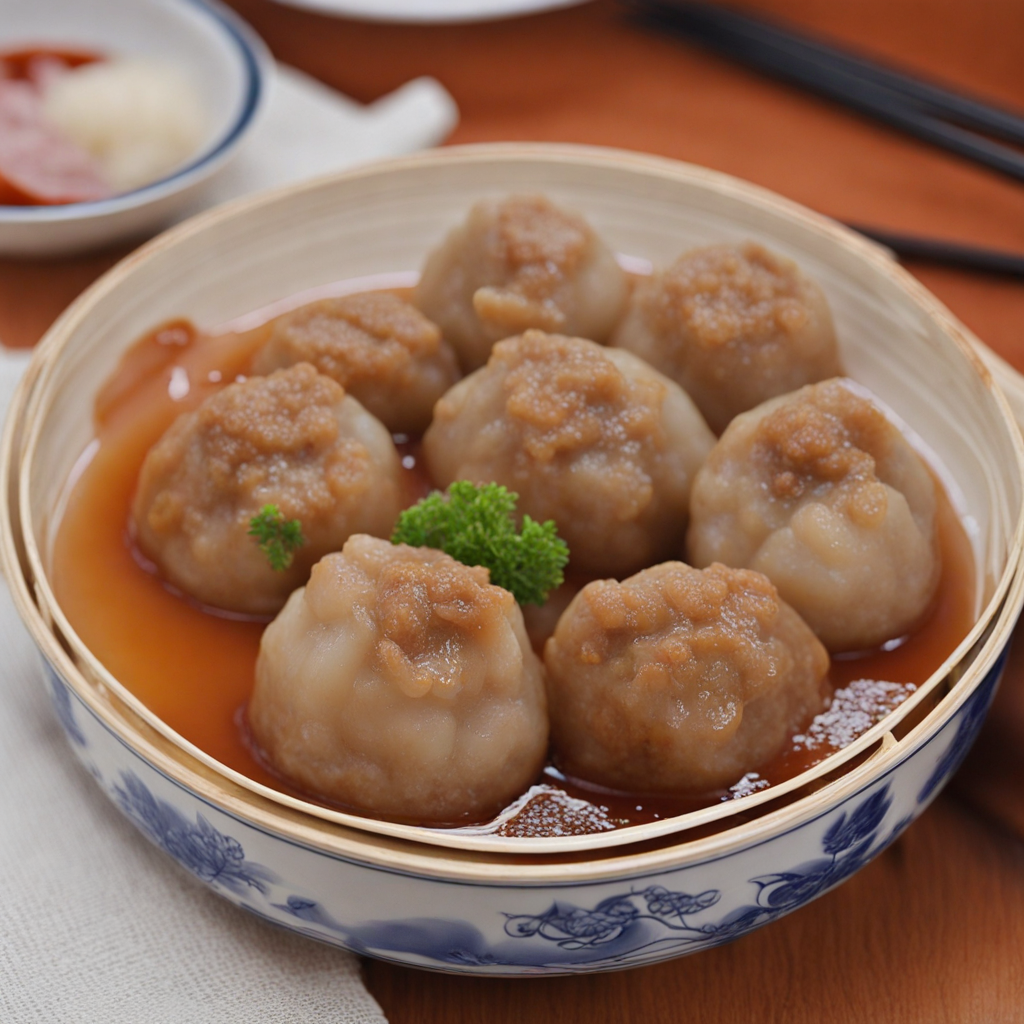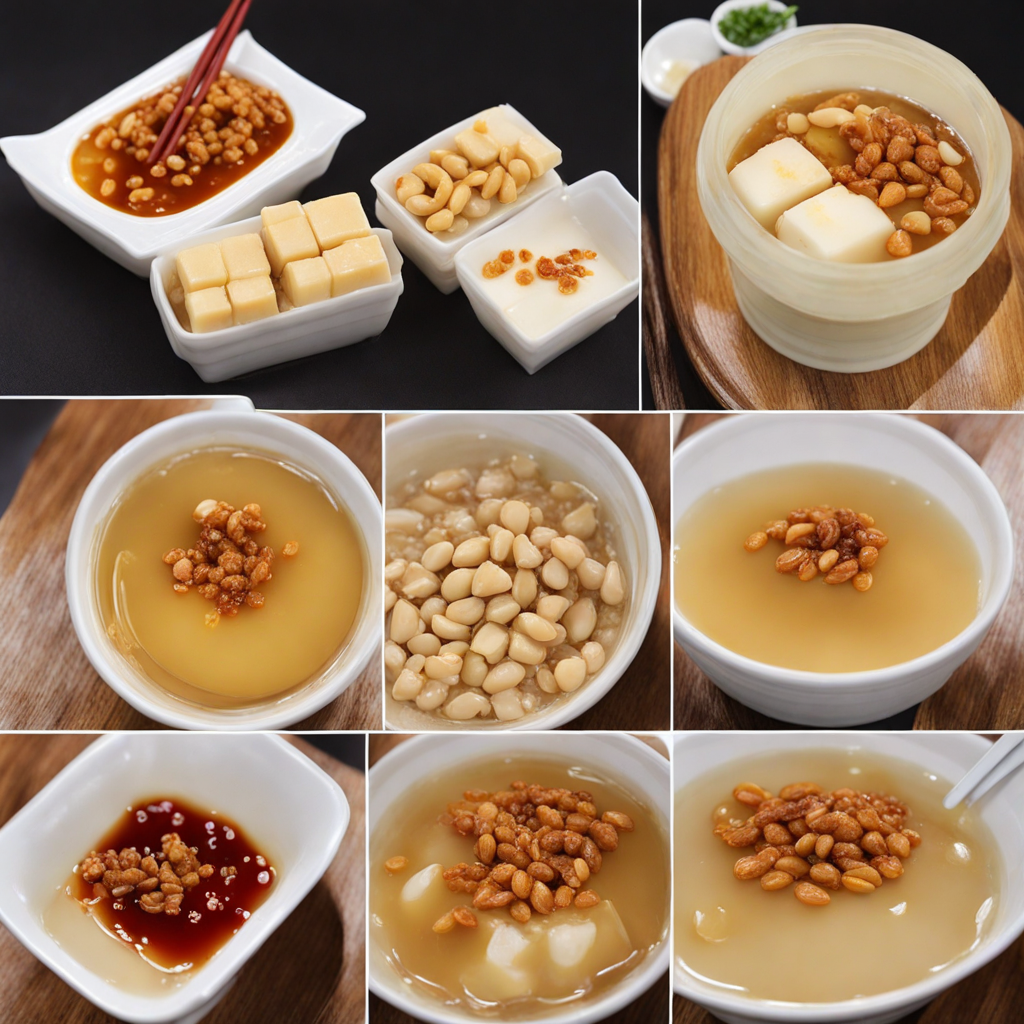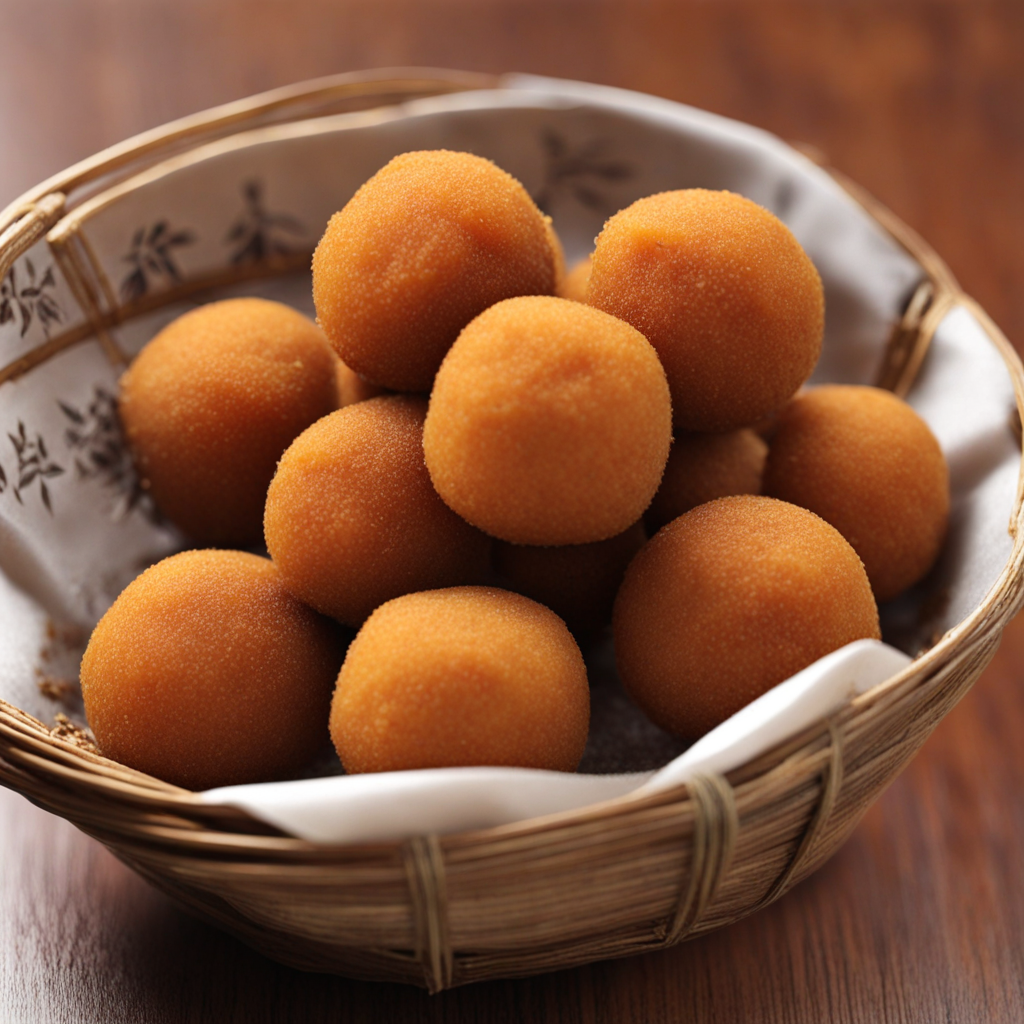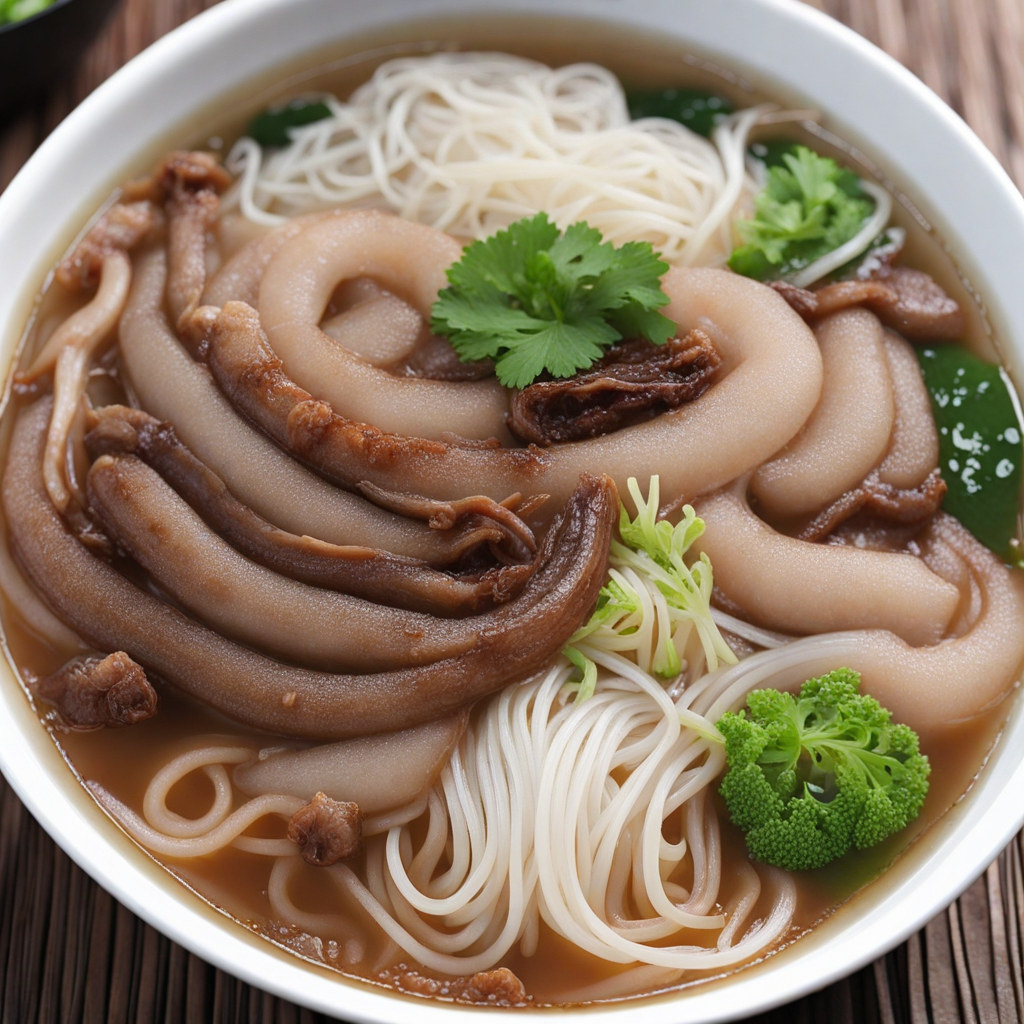Oyster Omelette
Oyster omelette, a beloved Taiwanese street food, presents a delightful combination of flavors and textures that is sure to captivate your palate. This dish features fresh, plump oysters that are folded into a batter made from sweet potato starch and eggs, creating a savory base that is both crisp on the outside and soft on the inside. The oysters are typically lightly cooked, allowing their briny sweetness to shine through, while the starchy batter adds a chewy contrast that enhances the overall experience. When cooked to perfection, the oyster omelette boasts a golden-brown exterior, often garnished with a drizzle of tangy sauce that complements the dish's richness. The sauce is usually a blend of sweet, savory, and slightly spicy flavors, which elevates the dish to new heights. Fresh herbs, such as cilantro or scallions, may also be sprinkled on top, adding a refreshing note that balances the richness of the oysters and eggs. Each bite of an oyster omelette is a journey through a medley of textures, with the tender yet firm oysters nestled within the fluffy egg and chewy starch. This dish is not only a popular street food choice but also a symbol of Taiwanese culinary culture, encapsulating the essence of local ingredients and traditional cooking techniques. Whether enjoyed at a night market or a cozy eatery, the oyster omelette promises a unique taste adventure that will leave you yearning for more.
How It Became This Dish
The Delicious Journey of 蚵仔煎 (Oyster Omelette): A Taiwanese Culinary Gem #### Origins 蚵仔煎 (Oyster Omelette) is one of the quintessential dishes of Taiwanese cuisine, beloved by locals and visitors alike. Its origins can be traced back to the early Chinese settlers who arrived in Taiwan during the Ming and Qing dynasties. These settlers brought with them various culinary traditions, and as they adapted to the local environment, they began to incorporate indigenous ingredients and flavors into their cooking. Oysters, a staple in coastal regions of China, quickly found their way into the diets of the settlers in Taiwan. The island's brackish waters provided an ideal habitat for these bivalves, leading to a thriving oyster farming industry. The first known references to oyster omelettes appeared in the late 19th century when street vendors in Tainan, one of Taiwan's oldest cities, began to serve this dish as a quick snack for hungry passersby. The original recipe was relatively simple. It consisted of fresh oysters, eggs, and a starch, often derived from sweet potato or tapioca, which would create a chewy texture. This unique combination of ingredients resulted in a dish that was both satisfying and delicious, quickly gaining popularity among the locals. #### Cultural Significance As Taiwanese society evolved, so did the cultural significance of 蚵仔煎. Beyond being a beloved street food, it became a symbol of Taiwanese identity, reflecting the island's rich history of cultural exchange and adaptation. The dish is particularly associated with Tainan, acknowledged as the birthplace of many iconic Taiwanese foods, and is often featured at night markets throughout Taiwan. The oyster omelette is not just a culinary delight; it represents the fusion of indigenous and immigrant cultures. The blending of techniques and ingredients showcases the adaptability of Taiwanese cuisine and highlights the importance of community and shared experiences. Families often gather around street stalls to enjoy this dish, fostering a sense of togetherness and belonging. Moreover, 蚵仔煎 is deeply intertwined with Taiwanese festivals and celebrations. It is commonly served during Lunar New Year festivities and other cultural events, symbolizing prosperity and abundance. The presence of oysters, which are considered a delicacy, adds an air of festivity, making it a sought-after dish during special occasions. #### Development Over Time Over the years, the recipe for 蚵仔煎 has undergone various transformations, reflecting the changing tastes of consumers and the availability of ingredients. While the traditional version remains popular, modern interpretations have emerged, catering to a broader audience. In the mid-20th century, as Taiwan underwent rapid industrialization and urbanization, street food culture flourished. Night markets became bustling hubs of activity, and 蚵仔煎 vendors emerged as staple figures in these lively environments. The dish gained notoriety for its affordability and flavor, making it accessible to all socioeconomic classes. Vendors began experimenting with different variations, incorporating additional ingredients such as vegetables, herbs, and even different types of seafood. In the 1980s and 1990s, Taiwan experienced a surge in international tourism, and the demand for authentic local cuisine grew. As a result, many street vendors began to refine their recipes and presentation, elevating 蚵仔煎 from a humble street food to a dish worthy of fine dining. This transformation was accompanied by the establishment of restaurants that specialized in traditional Taiwanese dishes, further popularizing the oyster omelette on a national and international scale. Today, 蚵仔煎 can be found in various forms and styles across Taiwan and in Taiwanese communities around the world. While traditionalists may insist on the classic recipe, innovative chefs have embraced the dish's versatility, creating fusion versions that incorporate global flavors. For instance, some modern takes include spicy sauces, unique toppings, and even vegetarian adaptations, appealing to a wider audience. #### The Making of 蚵仔煎 The preparation of 蚵仔煎 is an art in itself, requiring skill and precision. The key to a perfect oyster omelette lies in the balance of ingredients and cooking techniques. Fresh, plump oysters are the star of the dish, and the quality of these bivalves is paramount. Vendors often source oysters directly from local fisheries, ensuring freshness and flavor. The cooking process begins with heating a well-seasoned pan, typically made of iron or steel. A mixture of sweet potato starch and water is poured into the pan, creating a base that will hold the dish together. As the starch mixture thickens, fresh oysters are added, followed by beaten eggs. The dish is then skillfully flipped to cook evenly on both sides. What sets 蚵仔煎 apart from other omelettes is the addition of a sweet and savory sauce, usually made from a combination of soy sauce, sugar, and vinegar, drizzled over the top just before serving. This sauce enhances the flavors of the dish, adding a delightful tang that complements the richness of the eggs and the brininess of the oysters. #### Conclusion 蚵仔煎 is more than just a delicious dish; it is a cultural artifact that embodies the spirit of Taiwan. Its journey from humble street food to a beloved culinary icon reflects the island's rich history and diverse influences. As it continues to evolve, 蚵仔煎 remains a testament to the resilience and adaptability of Taiwanese cuisine. Whether enjoyed at a bustling night market or savored in a fine dining establishment, the oyster omelette invites people to gather, share stories, and celebrate the flavors of Taiwan. As the world grows more interconnected, this delectable dish serves as a reminder of the importance of cultural heritage and the joy of sharing food across generations.
You may like
Discover local flavors from Taiwan


